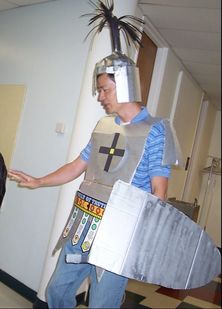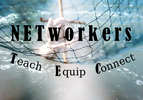|

|
| ||||||
|
How to Bring the (Whole) Bible to Life for Kids
By Jimmy Needham, posted on Desiring God
|
Resources
Explore over 60 ministries that will connect you with resources for your children and youth needs.
|
Articles
View articles (podcasts and videos) to help equip you in your ministry the next generation.
|
